Article By John Hughes
The Florida Surf Museum has been able to add many historically important artifacts to our collection over the years, which we share with the public through our exhibits, webpage and social media channels. Every now and then we are able to acquire something that has special historical significance. When Bill Yerkes recently closed the doors on his iconic Balsa Bill’s Surf Shop in Satellite Beach we were able to acquire the Surfboards By Murphy surfboard that hung on the wall for over twenty years.
The board is in excellent condition and very rare, as only a few were made before the whole enterprise fell apart. Murphy, aka Murf the Surf, in an email correspondence with the author, gave his version of what happened-
John,
Here’s the Surf Shop story.
I started building boards in the Cabana Club at the Starlight Hotel in Cocoa Beach where I ran the pool and food concession in 1959. (both Murphy and Dick Catri were involved -ed.)
In 1960, I moved to Indialantic and rented the store that you have pictures of which is now a pizza place. I had been building boards for around 4 years (in the photo of the boards lined up on the beach, I built 10-12 of them), when a couple of guys who were engineers at the Cape stopped by and said they were interested in funding a surfboard business, was I interested in expanding my operation? We talked about it and I thought it was a good idea. So, we started looking around and the big plant spoken about, was a place I found at the Melbourne Airport. It was connected to a furniture shop. We went to work and developed the rooms to the point that Hobie visited and stated “he had never seen a surfboard factory that had everything set up right from the very beginning.”
About this time, Jim Campbell arrived. I had met him in Hawaii when he was working in a surf shop there. He was a seasoned craftsman and I hired him. Little did I know that he had been run out of Hawaii because he got crossed up with other board builders.
We were doing great when I came to my office one morning and Jim was sitting at my desk. The other guys were there also and I was informed that we were no longer in the surfboard business, they had decided to make fiberglass wall panels with shells and beach stuff. Jim had told them that the surfing industry was launched and roaring forward and they did not need me or my name….. this is the same kind of stunt he pulled in Hawaii.
At the time, I was having family problems, I had signed some contracts that totally shut me out of the business, so I jumped in Bobby Goldberg’s surfing hearse and went back to Miami Beach. As soon as I left Melbourne, Campbell and the guys started making Campbell boards.
The guy who wrote the letter to you said, “after several up’s and down’s and other unfortunate circumstances, Dad locked the doors and said “that’s it with surfboards.”
What I heard a month or so later, while in Miami shaping boards for a friend, was that the big factory in Melbourne had a fire which also took out the furniture shop. I guess the surfboard business isn’t for everyone.
By the way, Murf’s criminal history is well-known and his erratic behavior, no doubt, played a part in the drama. On the price list (see in the gallery) Murf is the one promoted as the shaper and Jim Campbell is the one listed as the glasser and finisher. Campbell at the time was already an experienced shaper who learned his craft from the legendary Dale Velzy.
Murf, on the other hand, had only made a small number of surfboards. The serial number 103 on the board is probably his total. This is just speculation, but it’s not hard to imagine that playing second fiddle to Murf probably didn’t sit too well with Campbell and may have contributed to the hostile takeover.
Before the doomed business venture, Murf had been making surfboards at his shop under the Murf The Surf label. We have never seen an actual example, but you can see the label in the well-known photo of his surf shop-
The shop folded shortly after Murf was pushed out of the surfboard business and by 1964 Murf was on his way to infamy with the Star of India heist. In an interview with Murf that appeared in the Florida Today newspaper in November 1975*, Murf had this to say about his experience-
It made me very bitter, very hard. I had really fulfilled a goal, and lost that by those people’s attitude with dollar bills. Well, dollar bills are what people seem to be impressed with. I said,” I think I’ll get me a few”.
Was this what put Murf over the edge, and pushed him to pursue his life of crime (which he already had a head start on)?
In the world of “What If’s”- what if Murf had followed a different path? In 1960, when Dick Catri moved to Hawaii, Murf had opened the first stand-alone surf shop in Florida, if not the east coast. In 1962 he won both the Florida State Surfing Championships in Daytona Beach and the Virginia Beach Surfing Carnival. He also organized the Indiatlantic Surfcapades, the first surfing contest in Brevard County {which he also won) later that year. By the time Catri returned to Florida in 1964, Murf could have been well on his way to securing legendary status as the Godfather of East Coast Surfing.
Murf’s life was a mixed bag of righteousness and sin that allows no easy resolution to his actions. He is still despised by many for his involvement and conviction in the Whiskey Creek murders- and revered by others for his religious conversion and prison ministry work. If nothing else, he will go down as one of the most enigmatic and controversial characters in surfing history.
Jack “Murf the Surf” Murphy passed away on Sept. 12, 2020 at the age of 83 in Crystal River, Fla.
*Murf the Surf Relives His Own Legend- Florida Today article by Karen Myers, November 16th, 1975 p. 9A
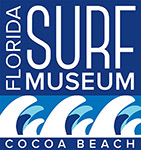


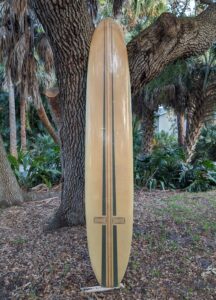
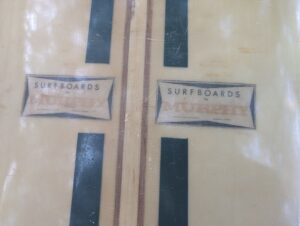

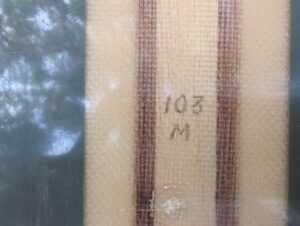

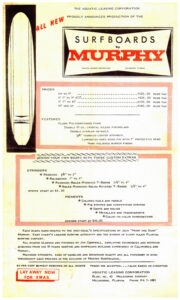
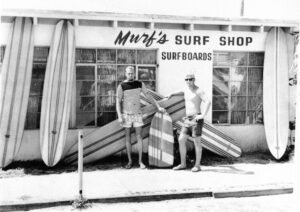
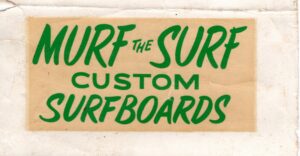





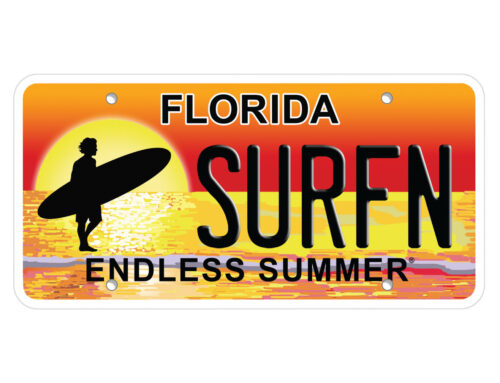
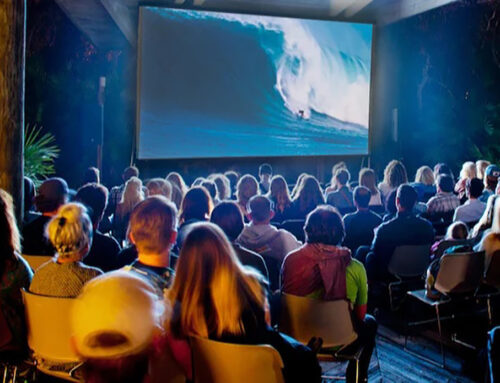

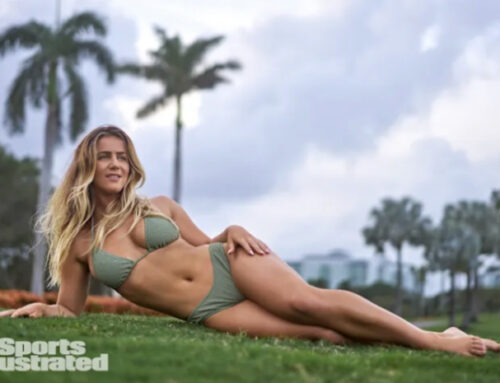
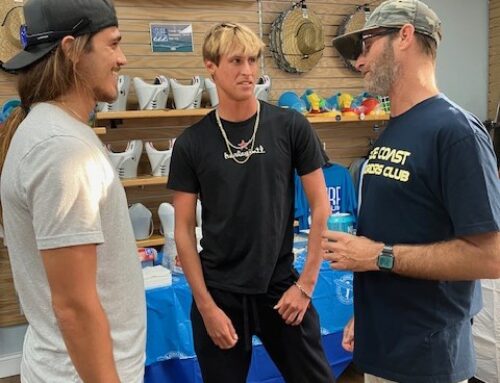
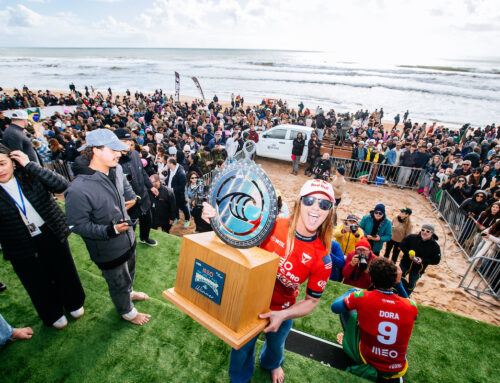
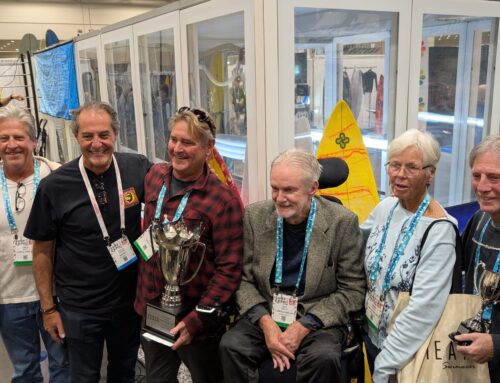

Leave A Comment